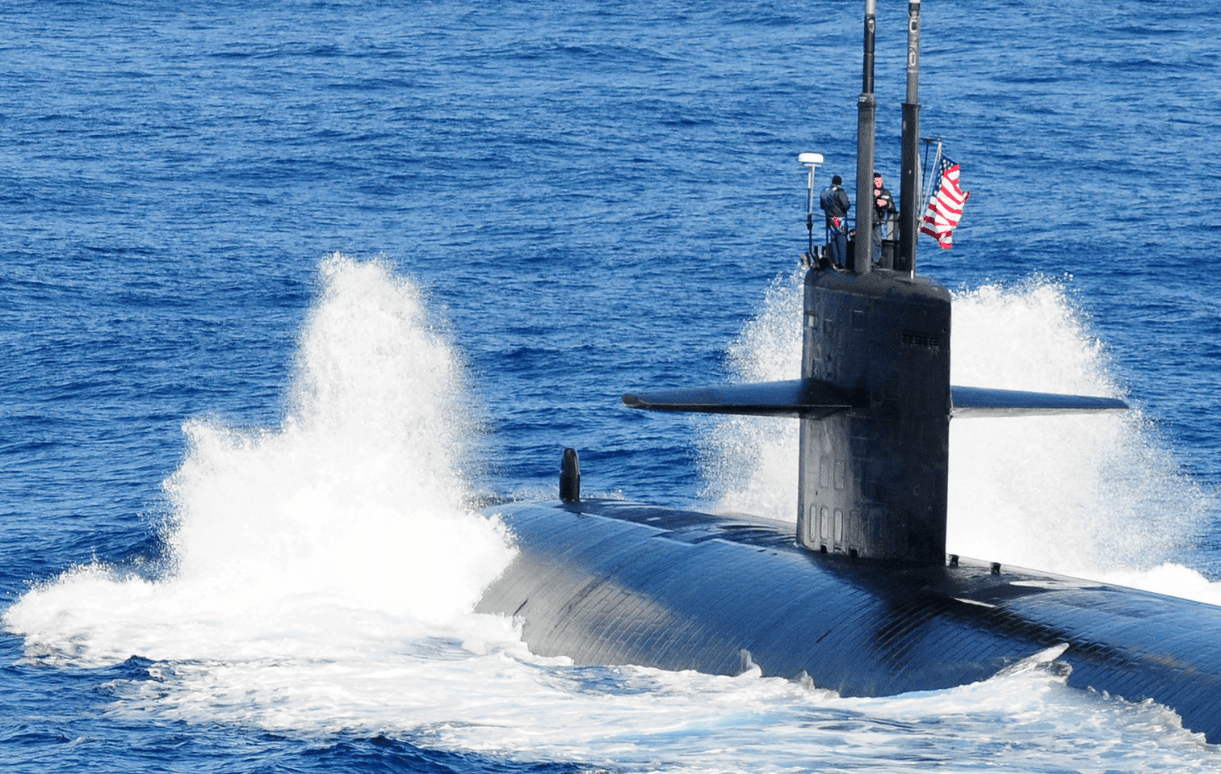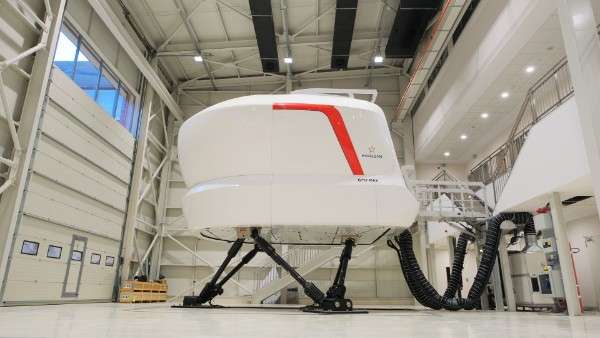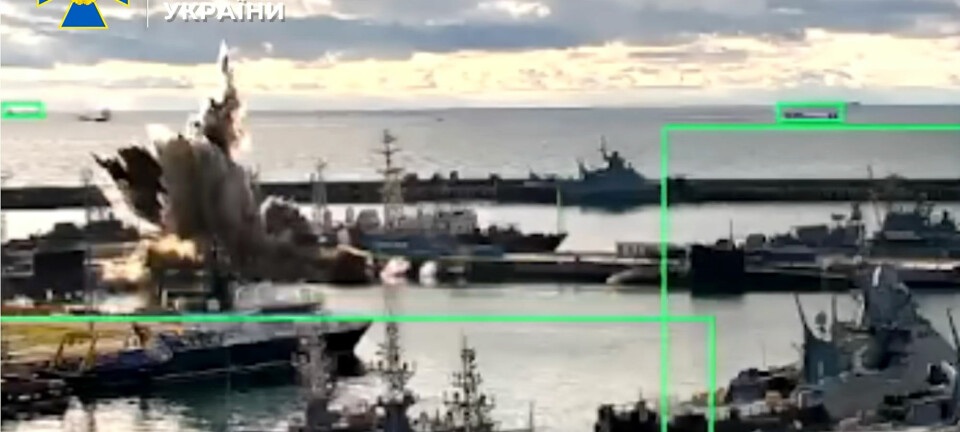In recent years, submarines have increasingly adopted design elements that resemble stealth aircraft. While the core structure of submarines retains its traditional cylindrical pressure hull, their external appearance has shifted towards angular shapes. This design evolution is closely linked to advancements in sonar technology and increasing the survivability of submarine by reducing underwater detection.
Sonar, an acronym for Sound Navigation and Ranging, has been a pivotal technology in submarine warfare since its inception during World War I. Initially used in its passive form as hydrophones, sonar evolved during World War II into a decisive tool for anti-submarine warfare, particularly in the Battle of the Atlantic. Sonars, based on their working principle, can be classified into two primary types: active and passive. Active sonar operates by emitting sound waves into the water. When these waves encounter an object such as a submarine, they bounce back as echoes, which can then be detected and analyzed. This was the predominant method during early conflicts, as it allowed surface ships to identify submarine locations. However, active sonar comes with a significant drawback—it compromises the presence of the emitter, potentially exposing its location to enemy. Passive sonar, on the other hand, relies on listening for sounds emitted by submarines, such as engine noise or propeller cavitation. This method became popular during the Cold War due to its stealth advantage. Unlike active sonar, passive sonar allows the hunter to remain undetected while listening for enemy submarines. Consequently, submarine design during this period focused heavily on minimizing noise to evade passive detection, resulting in increasingly quieter submarines.
On surface, radar systems, much like active sonar, detect objects by emitting waves and analyzing their reflections. Similarly, passive sensors, like IRIST (infra-red search and track) is used to catch the heat signature of aircrafts and do not emit signals of their own – much like passive sonar. In the 1970s, Lockheed’s development of the F-117 Nighthawk stealth aircraft revolutionized aircraft design by deflecting radar waves away from the emitter. The aircraft’s angular surfaces ensured that radar signals did not return to their source, effectively rendering the plane invisible on radar screens. Modern stealth fighter aircrafts, like F-35 Lightening-II, not only feature extremely reduced radar-cross section (RCS) but has minimum heat signature thus making them invisible to active as well as passive sensors. These design philosophies of aircrafts can be adopted in underwater vessels with somewhat similar effects.
The traditional cylindrical shape of submarines’ hull is ideal for withstanding the immense pressures of deep underwater. However, this shape reflects sonar waves directly back to their source, making detection relatively easy for active sonar systems. Modern stealth submarines address this issue by incorporating an angular outer hull around the cylindrical pressure hull. These angles are designed to deflect incoming sonar waves away from their source, reducing the probability of detection.
One of the most prominent examples of this design innovation is the German Type 212CD submarine. Unlike its predecessors, the Type 212CD features an angular outer hull that minimizes its sonar signature. Sweden’s A-26 Blekinge class submarine and China’s Type-39C submarine also feature stealth layout. This approach reflects the principles of stealth aircraft design, adapting them to the underwater domain. However, designing a stealthy submarine is far more complex than designing a stealth aircraft due to the unique characteristics of the underwater environment.
Achieving stealth underwater is a challenging undertaking. Sonar waves, unlike radio waves, interact with various factors such as the water’s salinity, temperature gradients, and density. These variables can alter the behavior of sonar waves, making it difficult to achieve consistent results. Moreover, the seabed and water surface act as reflective barriers, complicating deflection of sonar waves. When sonar waves encounter the angular hull of a stealth submarine, they may be deflected in multiple directions. However, some of these waves can still bounce off the seabed or surface, eventually finding their way back to the emitter. Other common measures to reduce acoustic signature include the use of sound-absorbing materials, such as rubber tiles, on their outer hulls and shrouded propeller to minimize cavitation.
While angular designs, shrouded propeller, and advanced materials improve a submarine’s stealth capabilities, they also pose several challenges. The addition of an angular outer hull increases the submarine’s size than traditional designs. This increased size can lead to greater water resistance, affecting the submarine’s speed and maneuverability. Shrouded propeller is heavier than traditional designs and thus increases the overall weight besides demanding more power input. Additionally, the added complexity of stealth designs can increase construction and maintenance costs. Despite these challenges, countries like Germany and Norway, which have invested in the Type 212CD program, believe the benefits of stealth outweigh the drawbacks. As active sonar becomes more prevalent in naval warfare, the ability to evade detection will become increasingly critical.
The adoption of stealth principles in submarine design is likely to expand in the coming years. As more countries recognize the strategic advantages of sonar invisibility, we can expect to see further innovations in this field. Emerging technologies, such as AI-driven optimization and advanced materials, will continue to push the boundaries of what is possible in submarine stealth. However, the widespread adoption of stealth designs may also catalyze advancements in sonar technology. Just as radar systems evolved to counter stealth aircraft, sonar systems may become more sophisticated in detecting stealth submarines. This ongoing interplay between stealth and detection technologies will shape the future of undersea warfare.
Table of Contents
ToggleAhmad Ibrahim
Author is Research Associate at Pakistan Navy War College, Lahore.
- Ahmad Ibrahim












